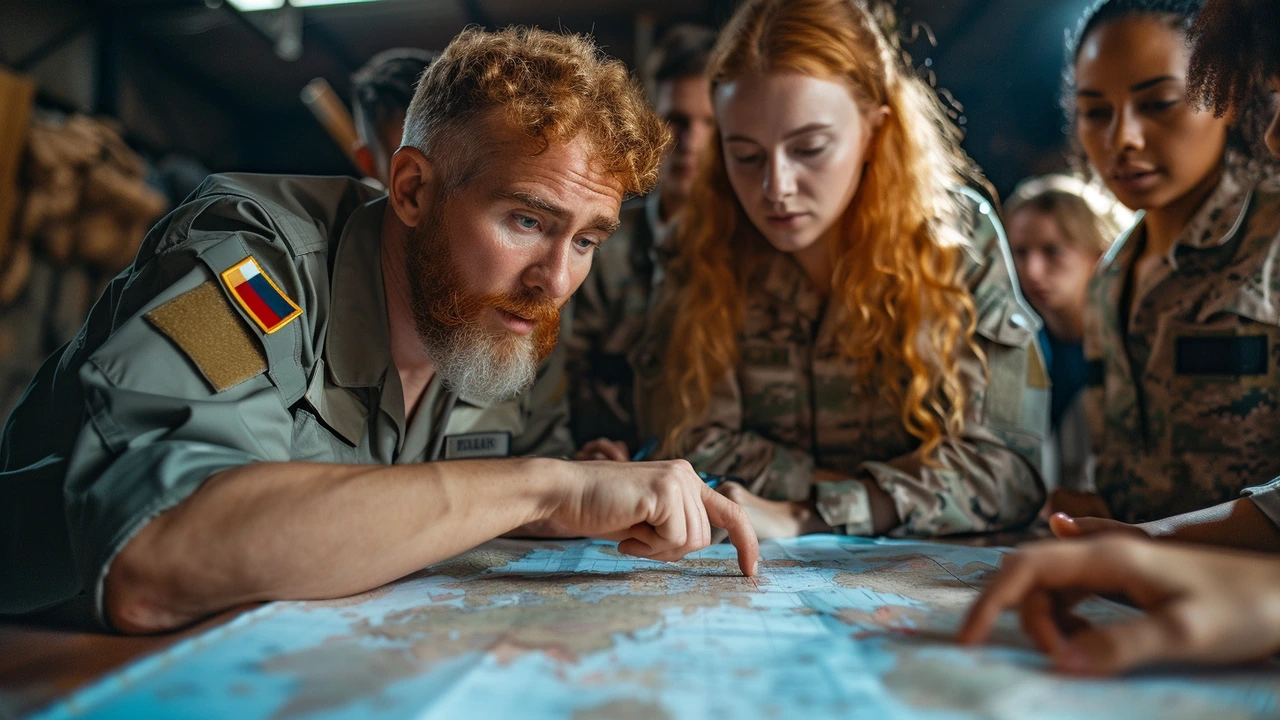Ever wondered what a peace mission actually does on the ground? Peace missions aren’t just soldiers in blue helmets; they’re a mix of mediators, police trainers, humanitarians, and local helpers trying to keep fragile peace from falling apart. This page pulls together reliable reports, stories, and practical explainers so you can understand real actions behind the headlines.
Peace missions have a few core jobs: protect civilians, monitor ceasefires, support elections, and help rebuild local services. That can mean patrolling a tense border one day, training police the next, and setting up a clinic the week after. Different missions focus on different tasks. UN missions often mix military, police, and civilian staff. Regional missions — led by groups like the African Union — can move faster in nearby crises. Some missions are short and specific; others stay for years to support long-term recovery.
Who serves? Troops and police come from many countries. Civilians include mediators, human rights monitors, aid coordinators, and development experts. Local staff are vital — they know the languages, customs, and risks. Technology helps too: drones, secure communications, and data tools make coordination faster, but people still make the real decisions on the ground.
Peace missions face messy problems. Mandates can be unclear, local politics tricky, and funding unpredictable. Sometimes missions are asked to do more than they can with the forces and rules they have. Security risks can limit outreach to communities that most need help. Still, missions adapt by partnering with local groups, shifting priorities when violence spikes, and training teams to protect civilians better. Successful missions often combine firm protection with community-focused programs — building trust matters more than just presence.
Want a quick example? In several recent missions, peacekeepers helped organize local elections while also running child protection programs and repairing water systems. Those combined efforts reduce immediate danger and help people trust public institutions again.
How can you follow or help? Read reliable updates, support groups that assist refugees and affected communities, and raise awareness about pressuring funders and governments to back effective missions. If you’re a student or professional, look for internships and training programs in conflict resolution, humanitarian aid, or international law.
On this tag page you’ll find easy-to-read articles, real stories from peacekeepers, and practical explainers on strategies and outcomes. Bookmark the page, check back for new posts, and send us questions if you want a topic covered. Understanding peace missions starts with clear facts — and that’s exactly what we aim to give you.

In our blog, we plunge into the world of peacekeeping, shedding light on the unsung heroes who strive for peace without capes or superpowers. Our focus rests on the courage, resilience, and selflessness of these individuals who devote themselves to peace missions globally. Their stories are profound, awakening in us a newfound respect for their work that often goes unnoticed. Join us as we delve into this uncharted territory, their bravery, their sacrifices, and their unwavering commitment to world peace.
